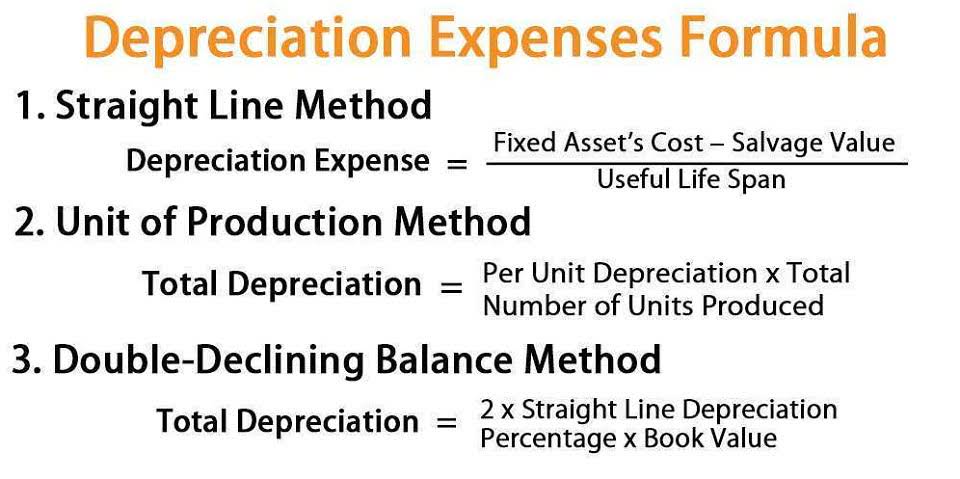What Is a Suspense Account? How It Works, Types, and Examples
For example, sender sends payment from US ACH account to a BB mobile number in Japan. The customer receives an alert on their mobile to withdraw this money from a BB agent. Until they withdraw, the remittance stays in a suspense account, earning the financial institute or the BB enabler float/interest on that money. When customer withdrawal is completed, the money moves from the suspense account to the account of the agent who facilitated the cash withdrawal.
Payments
- The importance of suspense accounts extends beyond mere bookkeeping convenience; they are essential tools for ensuring accuracy in financial reporting.
- When the proper account is determined, the amount will be moved from the suspense account to the proper account.
- Auditors place special emphasis on suspense accounts during their audit procedures.
- A mortgage suspense account is a specific type of suspense account used in the world of home loans and mortgages.
- Hold the partial payment in a suspense account until you contact the customer.
- At times, all the required details for a particular transaction are not available but it still needs to be recorded in order to keep the accounting books updated.
In simple terms, a suspense account is a bookkeeping account wherein transactions are recorded before being assigned to the right category. The purpose of suspense account entries is to temporarily hold uncategorized transactions. It is useful to have a suspense account, rather than not recording transactions at all until there is sufficient information available to create an entry to the correct account(s). Otherwise, larger unreported transactions may not be recorded by the end of a reporting period, resulting in inaccurate financial results.
Example #1: Receiving a partial payment
For efficiency purposes, it is also helpful to track and analyze after-tax income definition the entries over time to minimize the reoccurrence of any transactions that cause frequent unnecessary postings into the suspense account. The unclassified transactions temporarily “parked” in this account are a “suspense” that we need to investigate and relocate into their correct accounts accordingly. In short, a suspense account is the point of last resort when you need a short-term holding bay for financial items that will end up somewhere else once their final resting place is decided. In this blog, we will demystify what suspense accounts are, explore different types, and dive into examples that bring these concepts to life.
Understanding how to properly use suspense accounts can help ensure your accounting practices are accurate and compliant. When you record uncertain transactions in permanent accounts, you how nonqualified deferred compensation nqdc plans work might have incorrect balances. Suspense accounts help you avoid recording transactions in the wrong accounts. You also avoid failing to record a transaction because of missing information. You might receive a partial payment from a customer and be unsure about which invoice they’re paying.
- Use a suspense account when you’re not sure where to record general ledger entries.
- Essentially, a suspense account acts as a catch-all category for items that are pending further investigation or resolution.
- When customer withdrawal is completed, the money moves from the suspense account to the account of the agent who facilitated the cash withdrawal.
- The use of a mortgage suspense account helps ensure that payments are not misapplied or remain unaccounted for while processing.
- A mortgage suspense account is a temporary holding area where the borrower’s payments are kept until the loan servicing company determines the allocation of funds.
- The accounting team placed the payment in a suspense account while the dispute was resolved, ensuring that the funds remained unallocated until it was clear how they should be appropriately applied.
Example 3: Partial payment on invoice
When recording those transactions, the accountant may be unsure of the type of account most appropriate to record those transactions. Implementing robust accounting systems and processes can help reduce the likelihood of suspense accounts arising. This includes ensuring proper segregation of duties, implementing strong internal controls, automating data entry processes, and regularly updating and maintaining accounting software and systems.
Recording unidentified payments
Until you actually make the withdrawal from the agent or financial institution, the remittance money may be stored in their suspense account. There is an uncertainty regarding transaction classification at the time of its entry into an accounting system. Additionally, covering 100% of GL accounts the Substantiation module provides a summary of the unreconciled items, enabling organizations to proactively take corrective actions in real-time. They know who sent the payment, however, the vendor has several outstanding invoices and haven’t specified which invoice the payment should be paid against. Let’s suppose a company receives a cash sum of $500 but it cannot figure out who the money is from or what it is for. Suspense accounts are also used by lenders, such as mortgage providers, when borrowers accidentally or intentionally break up their regular payment obligations.
This separation from the ‘main’ accounts is important for ensuring that the financial statements reflect a true and reliable representation of a company’s financial position. As can be seen the original entry to the suspense accounts profit margin formula is reversed, so the balance on the account is zero. Having been correctly identified, the interest expense account now contains the correct amount of 1,000. The suspense account maintains the double entry at the time of posting when the correct account is unknown.
Reconciliation: How to Reconcile Suspense Accounts?
As soon as you encounter an unknown or unbalanced item, dump it into the suspense account. Make sure to record as much information as possible—date, amount, and any reference numbers. As soon as possible, the amount(s) in the suspense account should be moved to the proper account(s). This is because unallocated transactions get more difficult to reconcile with passing time, especially if there is insufficient documentation, and the account balance could grow uncontrollably. The bookkeeper is unable to balance the company’s trial balance, with the credit column exceeding the debit side by $500. Let’s suppose you have been alerted that a remittance someone sent you from abroad is ready for withdrawal.
Suspense accounts play a crucial role in maintaining the accuracy and integrity of financial records. By providing a temporary repository for unresolved transactions or discrepancies, suspense accounts prevent the distortion or misrepresentation of financial information. By following these steps, you can effectively use suspense accounts to manage uncertain or incomplete transactions. This practice not only helps in keeping your financial records organized but also aids in ensuring compliance and accuracy in financial reporting.







